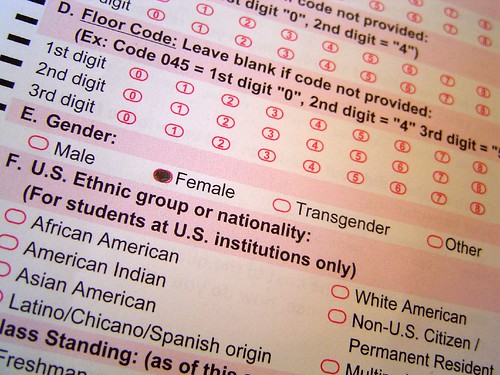Let's get a little metaphorical.
Somebody who edits photos is a photo doctor. A photo doctor diagnoses a photo and then prescribes a treatment for a photo disease.
For example, diagnose the photo to the right. What's the problem with it? What photo disease does it have?
It is underexposed. Is that your diagnosis? In your favorite photo editing software, how would you treat that disease?
A medical doctor uses a variety of tools to treat medical problems (e.g., a scalpel). As a photo doctor, what tools would you use?
As you begin your internship as a new photo doctor, I'd suggest you start with a small set of "diseases" that you can diagnose (recognize) and treat (fix) and a small set of tools to learn how to use. As you progress as a photo doctor, become an expert in treating more diseases and learn how to use additional tools.
I'd suggest you start with a set of photo diseases like below and learn the 2-5 general steps that are usually needed to treat the disease.
- Underexposed Photo (whole photo)
- Overexposed Photo (whole photo)
- Part of Photo Underexposed
- Part of Photo Overexposed
- Unwanted Elements in Photo
- Distracting Background
- Washed Out (Low Contrast) Photo (See the before photo below.)

For steps on how to treat the photo disease listed above and many more, see
Digital Photo Doctor. The book takes a similar metaphorical approach. Check out the book. You should be able to get it for $5 or less.
Of course, you could also do a
YouTube search for helpful photo editing tutorials that deal with the disease you want to treat.
As a beginning photo doctor, you should also start learning how to use a small set of of photo editing tools and techniques. Here are some basic photo doctor tools and techniques that you'd need to treat the previously listed photo diseases.
When learning how to treat the diseases and how to use the tools, I'd recommend that you learn how to use the tools at a general level so that you can move from one photo editing software to another. Don't get to caught up in
the key-strokes used in specific software (e.g., press Shft+Ctrl+U to desaturate in Photoshop).
Speaking of photo editing software, I'd recommend
GIMP, a free photo editing software package that you download to your computer (see
info video). I'd also recommend
Pixlr.com, a free, powerful, photo-editing site that allows you to edit photos right within your browser. Go to
Pixlr.com right now and try some the things discussed above.
As for free photo editing apps, I'd recommend Pixlr Express (
Apple |
Android), Photoshop Express (
Apple |
Android), Aviary (
Apple |
Android) and Snapseed (
Apple |
Android). If I had to choose just one app, it would be Pixlr Express. I like the number and type of editing tools. However, I'm starting to warm up to Snapseed. With Snapseed I especially like slide user interface and the "Selective Adjustment" tool which allows for some dodging and burning. What's dodging and burning, again? See above.
Do recognize the limitation of photo editing apps. The apps do not even come close to all that photo editing software can do on a desktop or laptop.
Cosmetic Photo Surgery
The above discussion may leave the impression that the only thing you can do with photo editing tools is fix or treat photo diseases or problems (e.g., underexposure). However, photo editing tools are not just used to treat a disease, but can also be used to “beautify” or modify the photo You could think of this a cosmetic photo surgery. You are not really fixing a problem with the photo, you are adding to it.
You could turn a color photo to black and white and then colorize only one item in the photo.
Of course, there are
tons of other interesting photo editing techniques you could learn. Have fun adding to your cosmetic photo surgery skill set.
Share this post with others. See the Twitter, Facebook and other buttons below.
Please follow, add, friend or subscribe to help support this blog.
See more about me at my web site
WilliamHartPhD.com.

























